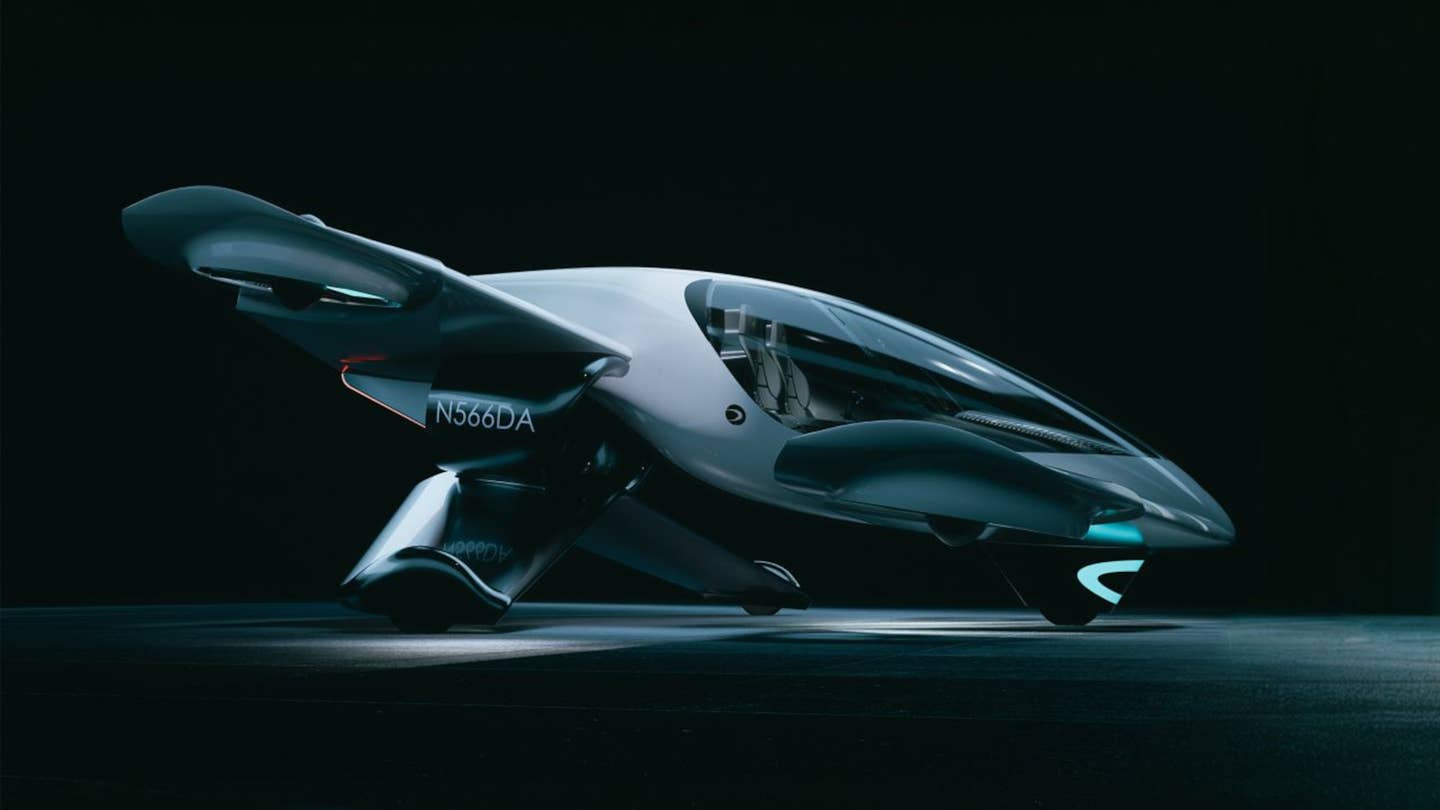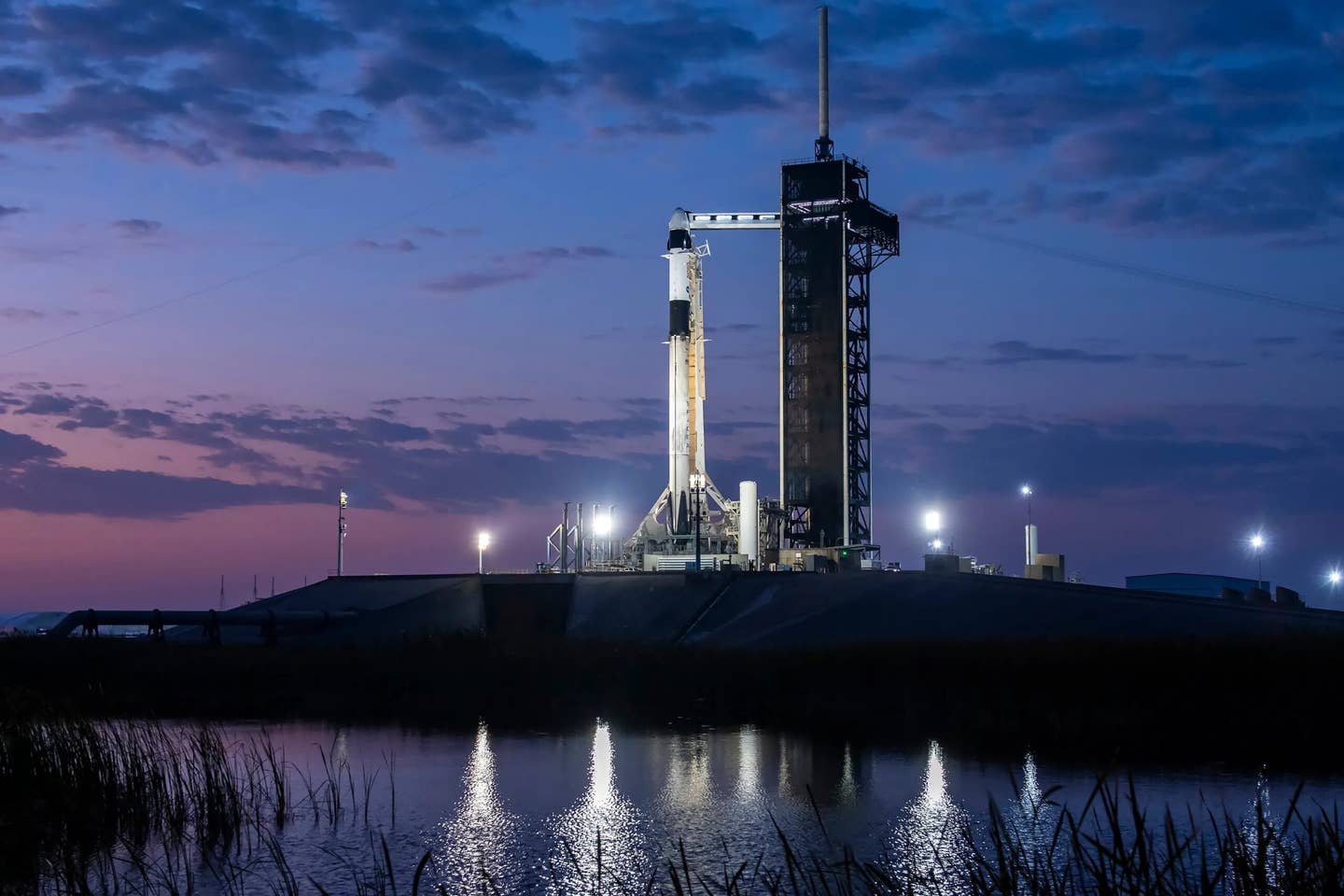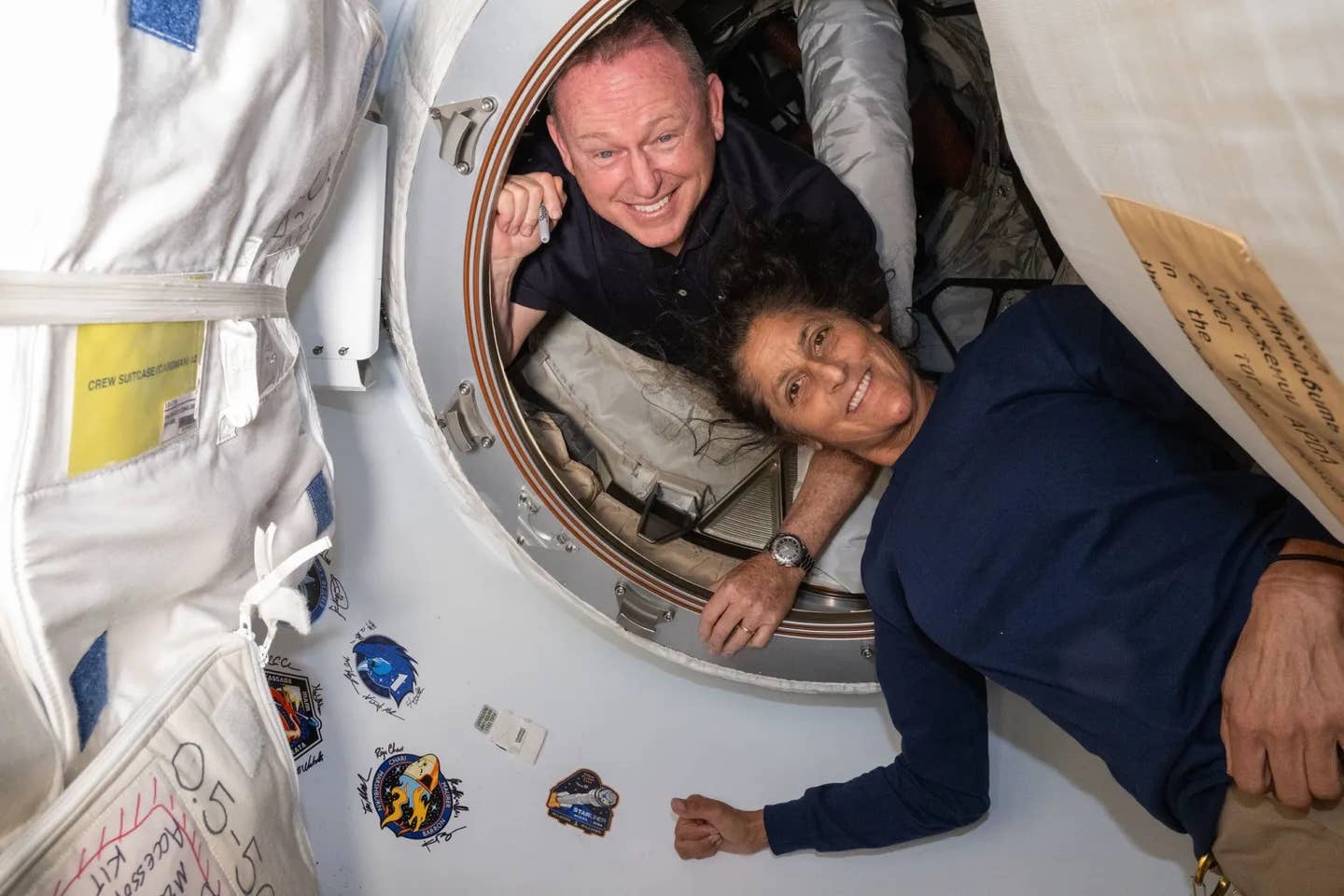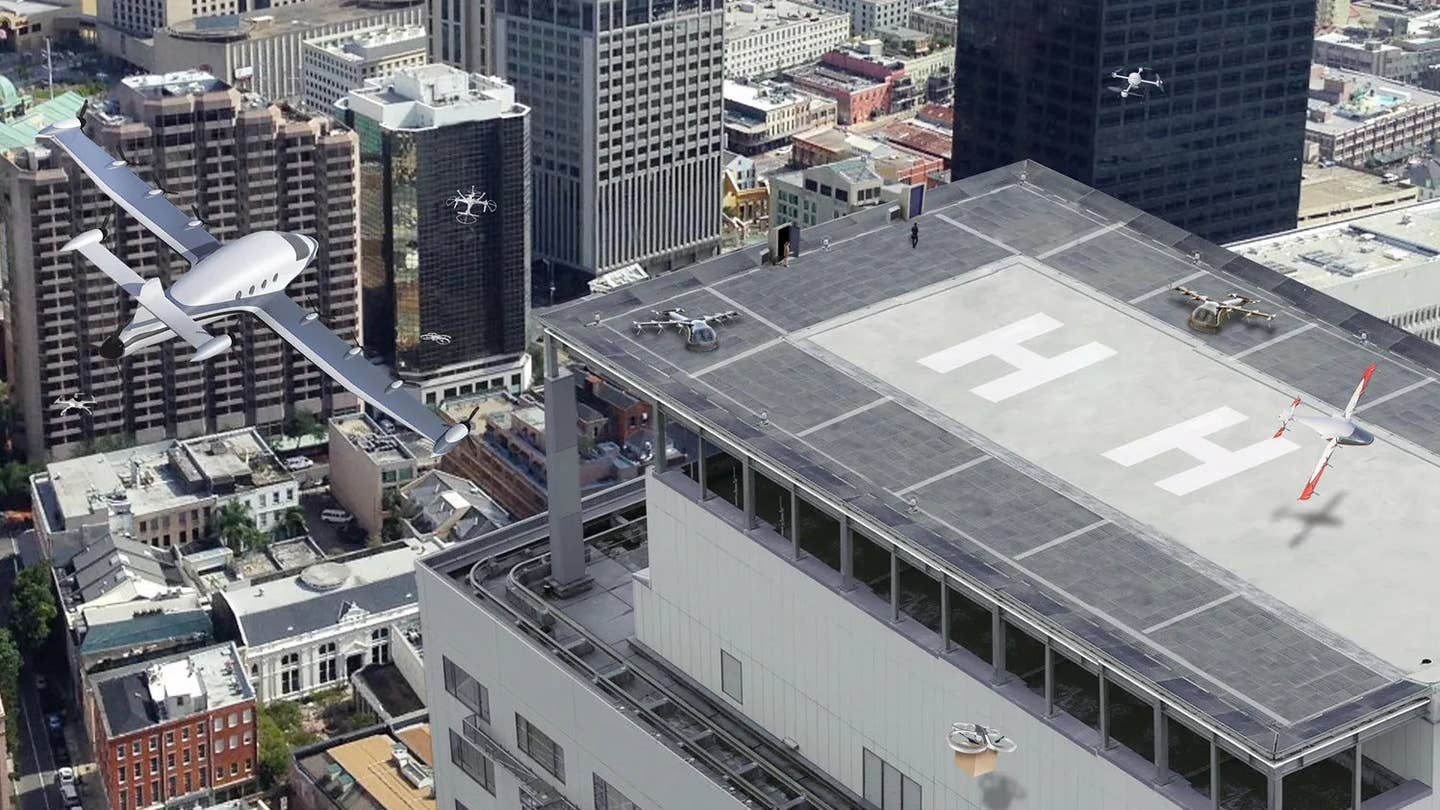Looking Into the Aviation Future
We look through the glass and what do we see?
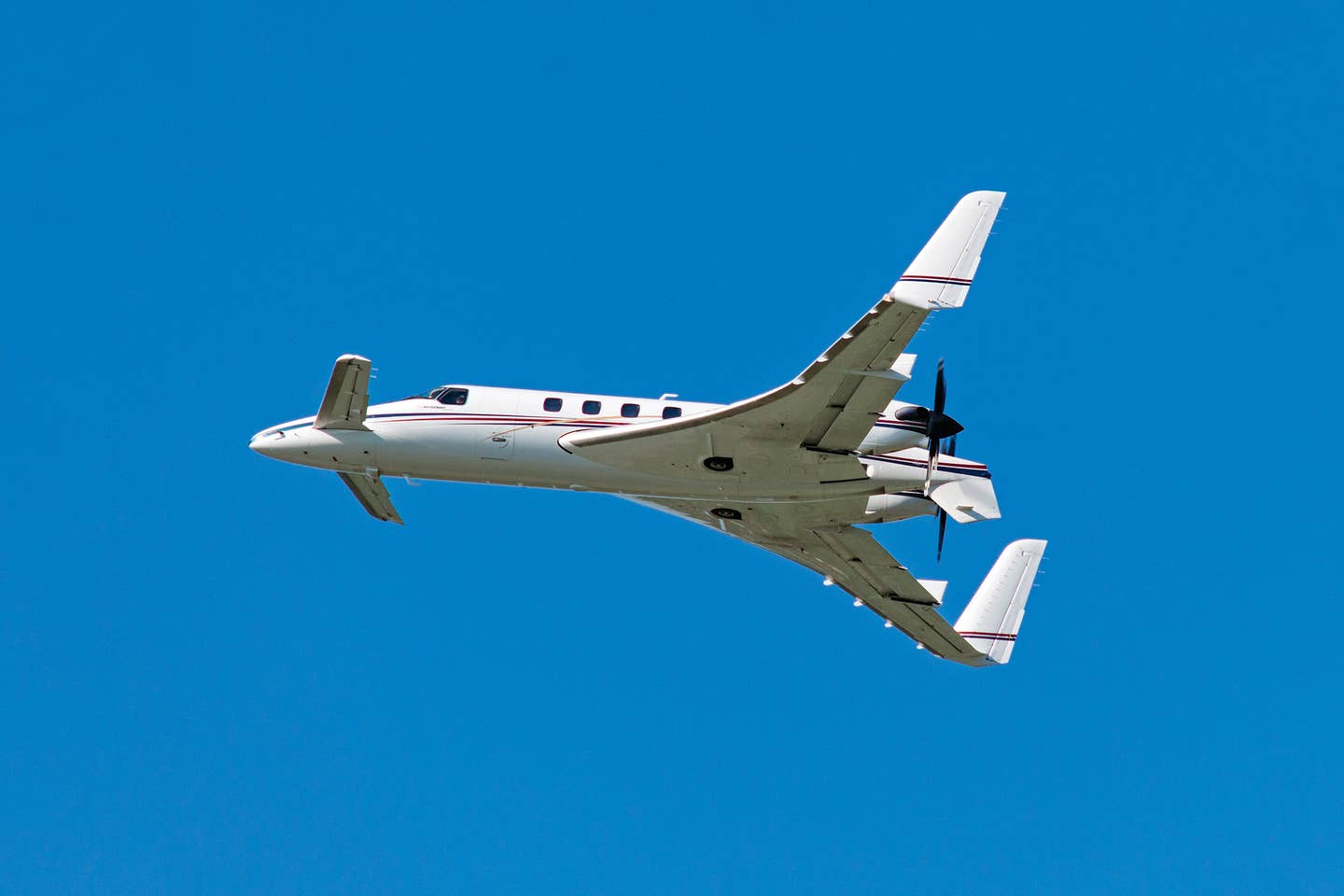
The Beech Starship, though not long-lived, fulfilled Harned’s predictions. Konwicki Marcin/Shutterstock
Malcom S. Harned had a distinguished career in aerospace. He led development of the supersonic ramjet at General Electric, directed the Air Force’s nuclear-jet-engine program, managed development of a turbine helicopter at Hughes, and—after a stint at Gates Learjet—oversaw the development of the Conquest and Citation as president and chief operating officer of the Cessna Aircraft Co.
In 1979, a year after his retirement from Cessna and a year before he died, Harned addressed a meeting of the American Institute of Aeronautics and Astronautics on the subject of the future of general aviation. He correctly anticipated advances in the use of digital electronics in the cockpit and of composites in structures. Foreseeing an increase in the number of affluent families over the next 20 years, he concluded—incorrectly, as it turned out—that sales of personal aircraft should increase five- or tenfold.
Warming to his theme, Harned ventured that, “All [airplanes] will be pressurized…all will have full-span flaps with slot-lip spoilers…twins will all have thrust on or near the centerline…all will have automatic flight-control systems, [and many will] offer blind landing capability.”
He went on to propose some novel configurations, including a Beech Bonanza-shaped four-seater with a diesel engine in the nose, a pusher prop on the tip of the tail, and an extremely long drive shaft connecting them. There was a “family twin” with automotive Wankel engines and nose and tail propellers, as well as a “compound helicopter” whose rotor converted to a wing for high-speed-cruising flight.
Amid these misses, Harned did manage one hit: a twin-turboprop canard pusher, not unlike what would emerge a few years later as the Beech Starship.
It’s natural for the people who form the advance guard of technology to have an exaggerated sense of what the future may bring—and how quickly. They naturally ignore the many humdrum forces that put a brake on progress. Burt Rutan, who has done as much to influence aeronautical design as anyone in his generation, provided Aviation Week’s January 2000 issue with his predictions for the coming century. They suggest that the more progressive the thinker, the less accurate his estimate of things to come is likely to be.
Like Harned, Rutan foresaw radical changes arriving within a very short time. By 2010, he said, airplanes would replace their complicated instrument panels with an intuitive interface that would allow a person with barely any training to fly, navigate and avoid collisions. The airplanes would be fly-by-wire, propelled by quiet, affordable turbofans, and by 2040, they would have become almost as widespread as cars and would have rendered airline travel practically obsolete—or, at any rate, the last resort of the indigent. He predicted carrierlike rooftop landing sites in which airplanes approaching with an accuracy of a few centimeters would be snagged and slowed to a standstill in a couple of seconds—Rutan was never big on passenger comfort—while the energy retrieved from decelerating them would be used to launch others. There would be so many such mini ports that it would be but a short walk from your airplane to your ultimate urban destination.
“By 2015,” he wrote, “at least 50 groups (maybe 200 or more) will have built new spaceship prototypes. … By 2018, there will be at least 40,000 people who have experience at piloting a spaceship.” The cost to fly a person on a “space tourism” suborbital flight “should be about $480”—an estimate that will startle those who paid $200,000 10 years ago for thrill rides that still have yet to take place.
Read More from Peter Garrison: Technicalities
Prediction is perilous. Reality makes fools of nearly all prophets who do not shroud their forecasts, as Nostradamus did, in such a fog of ambiguity that they could mean almost anything. Nevertheless, fools who are ready to prophesy can always be found, and I have been one of them. In an article in the April 1969 issue of Flying, I explained what we had to look forward to in the year 2001.
I relied, to some degree, on a study recently sponsored by NASA, “Potential Structural Materials and Design Concepts for Light Airplanes.” Luckily for me, the author of that study was not then-fledgling Burt Rutan but Ladislao Pazmany, a down-to-earth Convair engineer not given to flights of fancy. Pazmany largely confined himself to discussing the likely future use in airframes of composites—bull’s-eye!
Proceeding beyond Pazmany’s highly cautious and workmanlike discussion of plastic structures, I observed that large performance improvements should not be expected even from smooth, laminar composite surfaces. (The speed gain to be expected from maintaining laminar flow, where possible, on a then-non-laminar 150-knot airplane was only 6 knots.) We were hearing a lot about ceramic turbine blades, but I was skeptical about the prices of turbines coming down enough to make them competitive with recips. On the other hand, I was wrongly confident that engines with high revolutions per minute, such as Continental’s then-emerging Tiara series, were the wave of the future and that Wankel-style rotaries would find a place in aviation.
I fell for the idea, then current, that lots of STOL runways were going to pop up on airports as an aid to flourishing short-haul interurban traffic. Apparently forgetting that airplanes needed to be certificated by the heroically sluggish FAA, I foretold fly-by-wire control systems, mandatory wing-levelers and moving-map displays in light airplanes. At least I stopped short of autoland. I had supersonic business jets arriving within a few years; sonic boom, I announced, is not a serious problem with small jets. Congress thought otherwise.
Anticipating that the floor of positive-control airspace would “very probably” be set at 10,000 feet, I predicted a schism between IFR-capable and non-IFR-capable airplanes that has never really developed, perhaps because industry pressure to keep nonoxygen altitudes within reach of all pilots held that 10,000-foot ceiling at bay. And the aviation press went all out to convince everybody to get an instrument rating.
Accompanying the article was an illustration by the great Ross Barron Storey showing a fanciful Mitsubishi MU-2-like airplane for whose less-desirable characteristics (including a tail prop) I—not Storey—was responsible. But at least I was not alone; the tail prop has been the downfall of many.
The future is bound to surprise us—otherwise, what would be the point? Prediction by extrapolation from current trends will always risk tripping on the inconspicuous and unforeseen. I failed—though I was working on a homebuilt myself—to anticipate the huge role amateur-built airplanes would have in the future of American aviation. Digital electronics, in their infancy in 1969, have had a larger influence on the look and feel of aviation than such futurist favorites as ducted fans, tail props, boundary-layer control and even composite structures. When the computing power of a smartphone occupied a whole floor of a building, who saw what was coming?
All things considered, I am relieved to find that, although I was a callow 25-year-old, when I reread this exceedingly wordy piece of prognostication, I was not completely credulous in my vision of a utopian future. I recognized that the rate of change would largely depend on the market and that it was possible—and even likely—that three decades might bring little change to the look and content of the skies. Airplanes could get quieter and, in some ways, more crashworthy or comfortable, but we still might feel “a dim nostalgia for bygone days whenever, as we whisk along in our Fly-O-Matic Super Scimitar (even an imbecile can fly it!), a 1968 Bellanca appears behind and sails away before.”
This story appeared in the April/May 2021 issue of Flying Magazine

Sign-up for newsletters & special offers!
Get the latest FLYING stories & special offers delivered directly to your inbox


